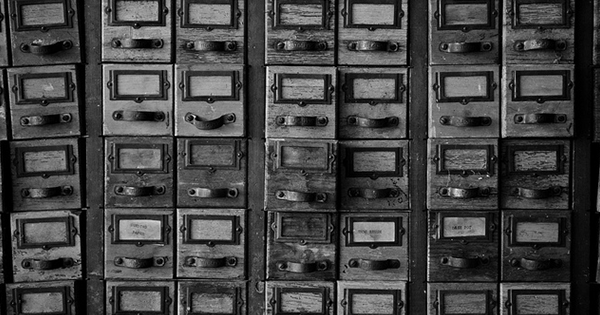
The summer before I started grad school, I paid a visit to the New York Public Library to research my puzzling self. I could say research my gender identity or some other apt phrase, but in 1985, I had no language for this. Only confusion: I seemed to be a straight male due to my body and my attraction to women. Yet I was frequently consumed by the idea of being a woman and transfixed whenever I came across a transvestite or transsexual, all the while staying uninvolved in relationships and still a virgin. I had no idea what was going on, but at the New York Public Library, with its vast store of knowledge, surely there would be answers.
I looked up “transsexual” in the catalog room, filled out some call slips, nervously walked them over to a librarian in the magisterial main reading room, who sent them through pneumatic tubes down to the underground city of research stacks. Before long, up came a pile of books and journals for me to pore over, articles on sex hormones and brain formation, studies exploring which family patterns or cultural factors might correlate with transsexuality. The research was replete with Latinate words, abstruse graphs and labyrinthine footnotes. I read about the “Benjamin Scale”—Dr. Harry Benjamin’s once widely accepted (but quite bizarre) method for distinguishing transvestites from “non-surgical” transsexuals and “true” transsexuals, and “homosexual transsexuals” from “heterosexual transsexuals,” all of which made my head spin. Back I went to the card catalog, up came more scientific literature, not a shred of which resonated with my experience. Perhaps I really was a space alien—a theory I occasionally entertained as a child.
The year before, I had taken college courses in gender studies taught by feminist professors with political agendas and didn’t learn a thing about myself or anybody else. But in another 10 years, I’d have the Internet, which would change everything.
The first trans website I remember bore the ominous title, “URNotAlone.” It featured galleries of photos and caption descriptions of people who called themselves “TGirls.” I remember the suspense as each image downloaded through the bottleneck of my phone modem—first hair, then a face, a torso, maybe even legs—until I beheld some closeted individual from the privacy of my own closet. By that time, I’d ventured out as a cross-dresser under cover of night and met others like me in some Manhattan hideaway, but the Internet showed me that being trans is not some “only in New York” thing. We were everywhere, worldwide, and we were beginning to talk to one another, exchanging stories and information in chat rooms and through email. It would be a long time still before I would fully open to my identity and begin to transition. In the meantime, in the small hours of the night during a difficult life, the Internet helped me hang on, showing me legions of others who were also hanging on.
It’s fitting that that community, and not medical science, gave me what I needed to know about myself. Fitting because we are meant to be in communities—without them we can’t know ourselves as human.

